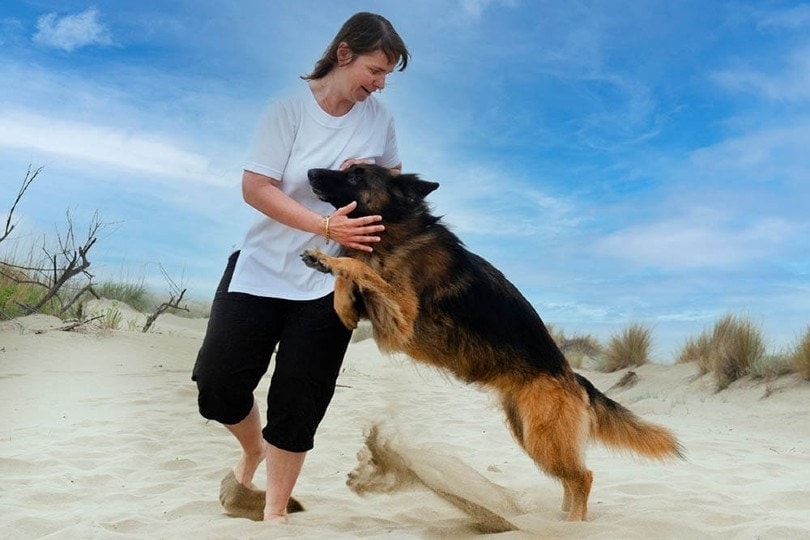Secondhand Smoke in Dogs: Is It Safe? Vet Approved Advice
Updated on
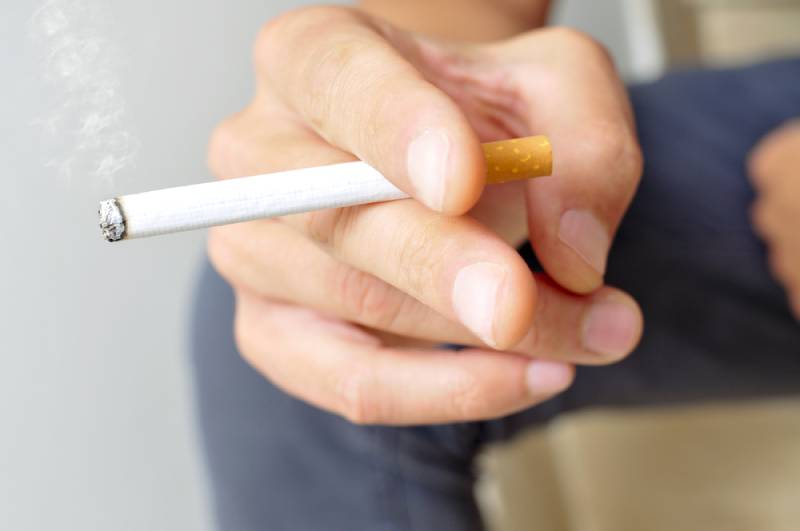
The effects of secondhand smoke on humans are very clear. According to the Centers for Disease Control and Prevention (CDC), adults exposed to secondhand smoke can develop health conditions such as heart disease, stroke, and lung cancer, and women may also encounter reproductive health effects.
But what about our four-legged family members? Can secondhand smoke harm them as well?
While scientists are still investigating how tobacco smoke affects pets, the information available suggests that it is absolutely not safe to expose your dogs to second hand smoke. Read on to learn more.
What Is Secondhand Smoke?
Secondhand smoke is a very serious health hazard that, according to the American Lung Association, causes more than 41,000 deaths annually.1 It occurs when anyone—people or animals—is exposed to the smoke from burning tobacco products, such as cigarettes, cigars, and pipes. It’s not just the smoke emitted from the tobacco product that causes issues; secondhand smoke also occurs when you exhale the chemicals as you smoke.
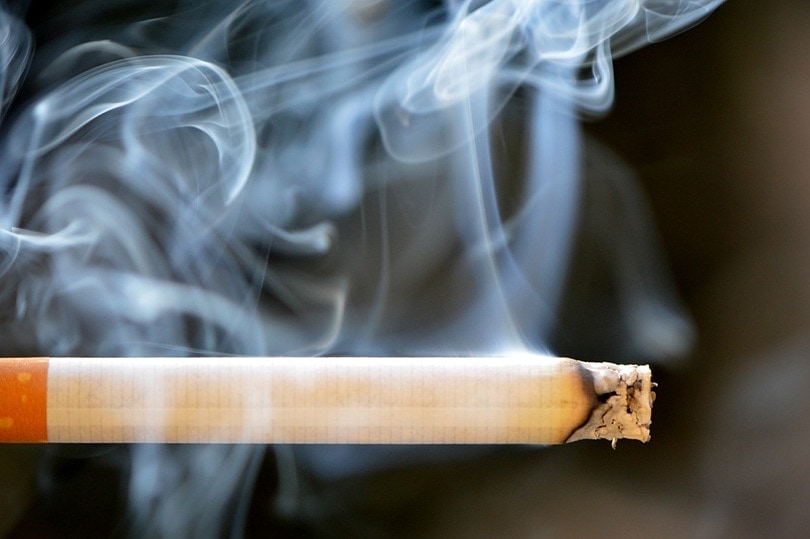
What Can Secondhand Smoke Do to My Pets?
Exacerbate Issues in Dogs With Respiratory Problems
Secondhand smoke can be dangerous for any dog, especially those with respiratory issues. Inhaling smoke can worsen signs and coughing in pups with breathing or lung-related health conditions.
Can Cause Respiratory and Eye Issues
Healthy dogs are also prone to the health effects of secondhand smoke. They can develop changes in their lungs and airways similar to those seen in people who smoke. They may also be at risk of developing allergies and eye infections.
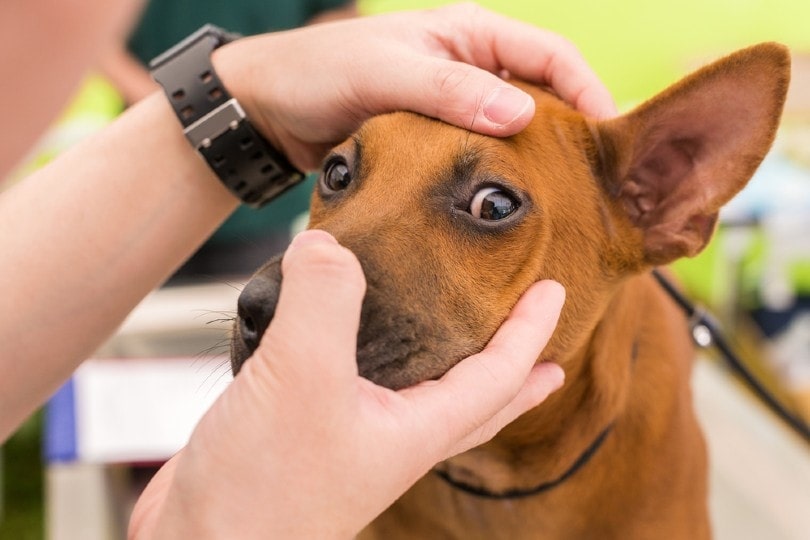
Could Lead to Cancer
Dogs living in a smoking environment are more likely to develop lung and nasal cancers. A study shows that pups residing in households with smokers have a 60% higher risk of developing lung cancer. However, it appears that health risks are somewhat correlated with the dog’s nose length.
Longer-nosed breeds—such as Labradors and Collies—are at a higher risk of developing nasal cancer due to increased nasal canal surface area. The toxins in smoke can more easily accumulate in their mucus, making it more likely for tumors to develop in their longer snouts.
Shorter-nosed breeds—such as Pugs and Shih Tzus—are at a higher risk of developing lung cancer. Their shorter noses aren’t great traps and will inevitably allow the inhaled toxic particles to reach the lungs.
Cause Inflammation of the Airways
One study shows that second- and third-hand smoke can turn our pets into “passive smokers”.
The urine, serum and hair of dogs in smoking households contains significantly higher levels of an alkaloid in tobacco known as cotinine. Cotinine appears in the body whenever the body metabolizes nicotine.
Additionally, dogs in smoking homes also appeared to have more white blood cells in their airways, which may suggest they’re dealing with extended periods of inflammation in their airways.
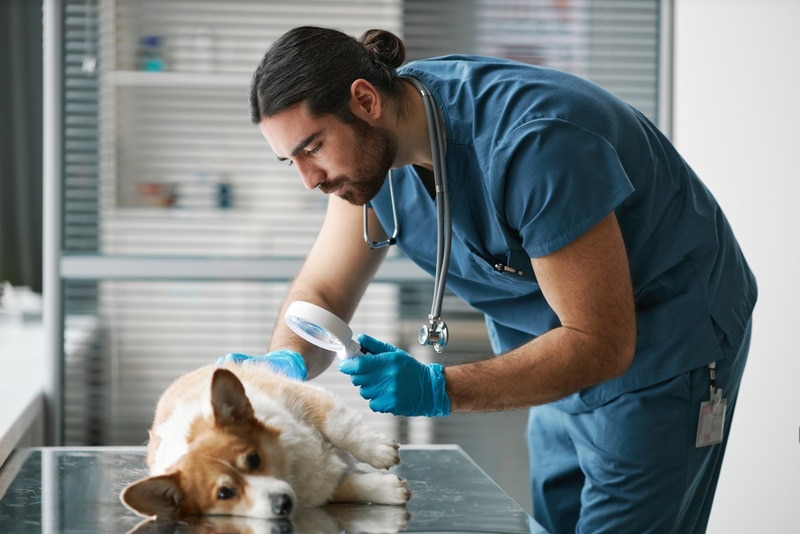
What About Third-Hand Smoke?
Third-hand smoke refers to the pollutants that settle indoors when tobacco is smoked. The chemicals present include nicotine and cancer-causing substances like formaldehyde and naphthalene.
Have you ever walked into a smoker’s house and became instantly inundated with the strong smell of smoke? That’s because third-hand smoke builds up on the surfaces over time. It can embed itself in furniture, drapery, and carpets and settles onto hard surfaces such as walls and flooring. You can even be a carrier of third-hand smoke as the toxins will cling to your hair and clothing when you smoke.
Like secondhand smoke, third-hand smoke will pose a health hazard to nonsmokers. According to the Mayo Clinic, infants are particularly at risk of exposure as they crawl on the floors and put non-food objects in their mouths. One could surmise that our pets are also at risk as they are on our floors and often explore their world with their mouths.
How to Protect Your Pets From Secondhand Smoke
The best—albeit most challenging—way to protect your dog from secondhand smoke is to quit altogether. We all know that smoking is bad for our own health, but that may not always be enough motivation to quit. Knowing that your habit could put your pet at risk may be just the jump-start required to kick the habit once and for all.
Of course, that’s much easier said than done. According to the Mayo Clinic, less than one in 10 adults will successfully quit smoking every year. However, their research suggests that 60% of smokers who try to stop are successful…eventually.
Some owners smoke outside to reduce their pet’s exposure to second- and third-hand smoke. Others have air filters to remove some toxins from the air. You might also consider steam cleaning your upholstery regularly to remove smoke and toxins from your home and bathing your pet to remove residue from his fur. While these methods can help reduce how many toxins the dog is exposed to, quitting is the only surefire way to keep your pup safe.
Final Thoughts
Secondhand smoke isn’t only dangerous for humans, but it can also be devastating for our pets. The studies are pretty clear: if you smoke in the house, you expose your dogs to cigarettes and smoke toxins and chemicals. Even smoking outside the home will expose them to third-hand smoke, which can be equally devastating. If you’re a smoker with a house full of animals, we highly suggest you consider quitting for your pets’ health.
Featured Image Credit: nito, Shutterstock






